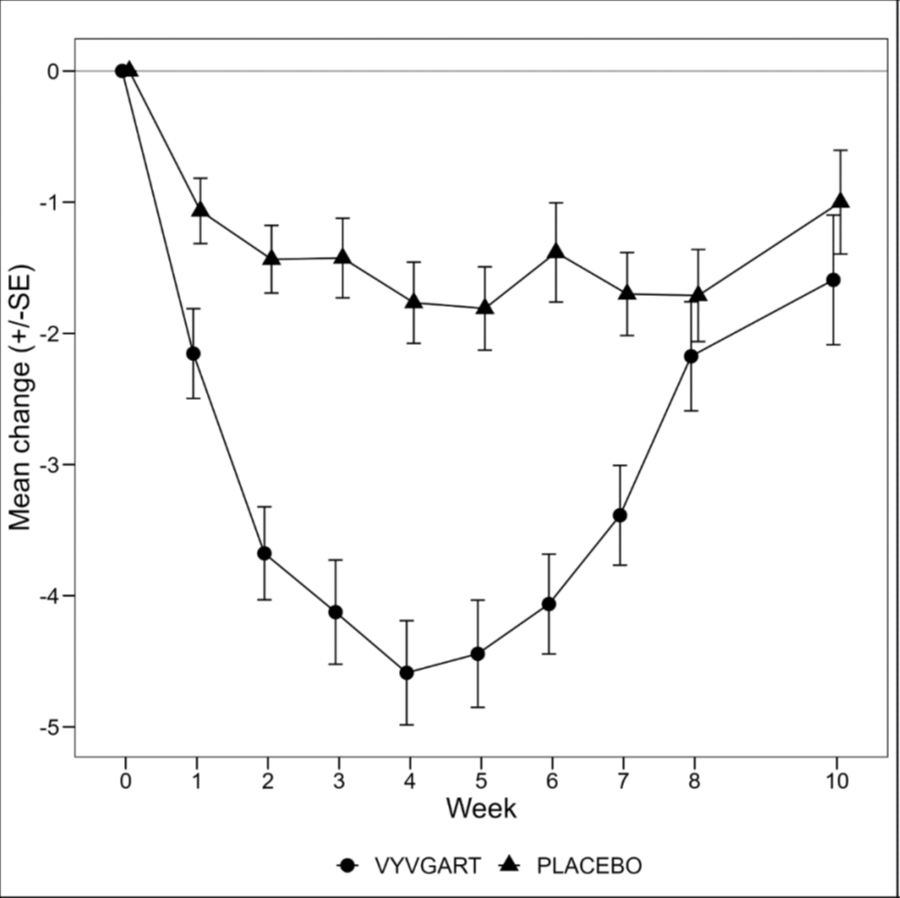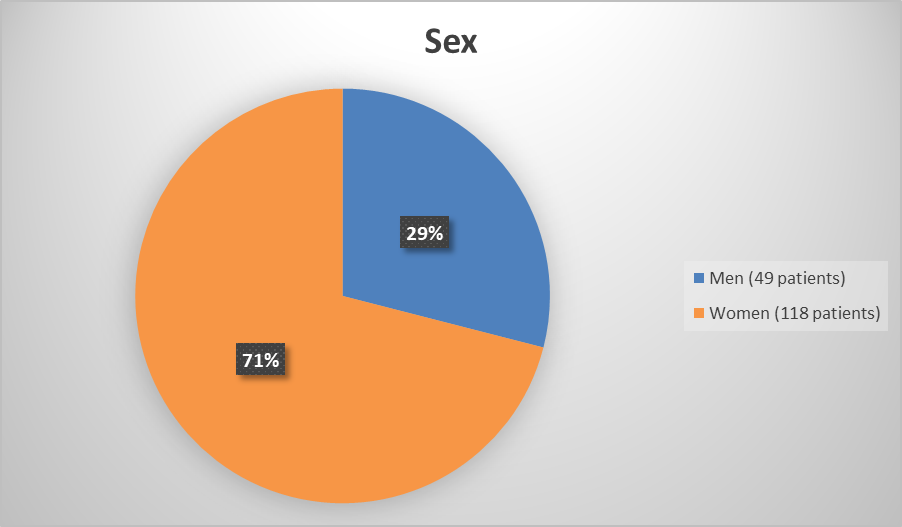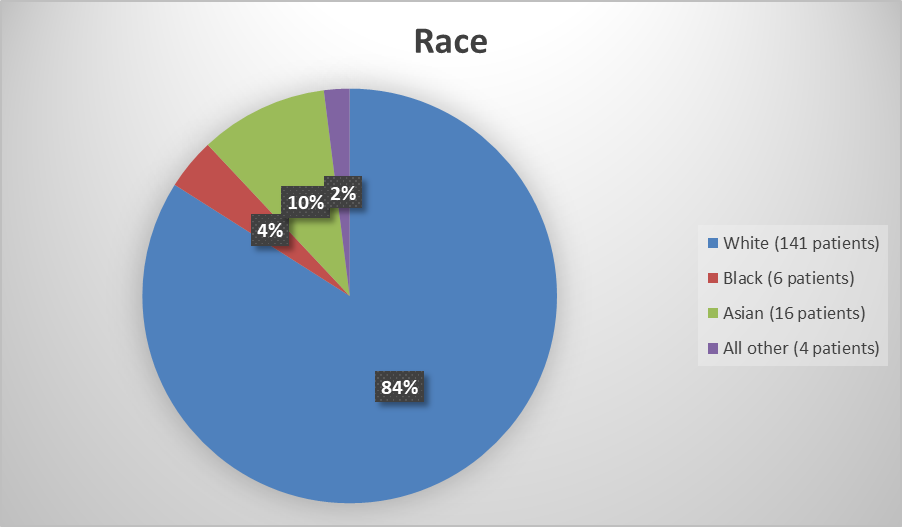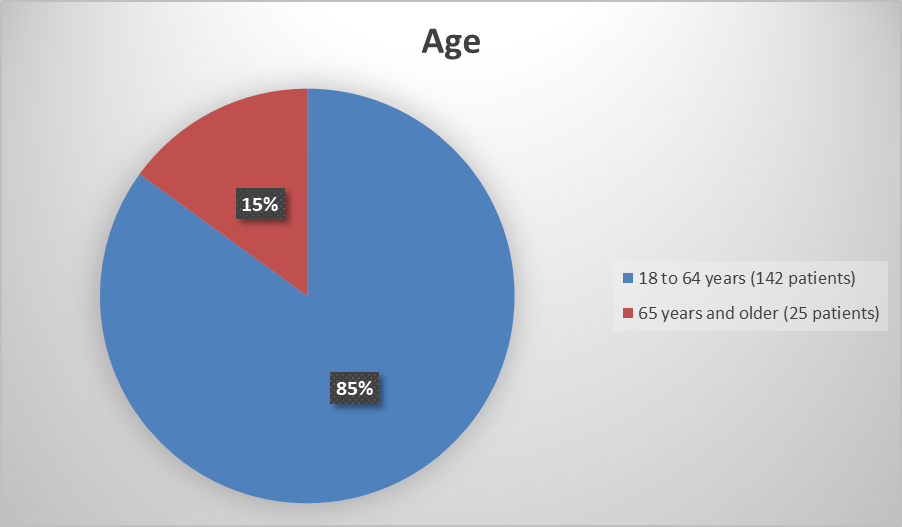Drug Trials Snapshot: VYVGART
HOW TO USE THIS SNAPSHOT
The information provided in Snapshots highlights who participated in the key clinical trials that supported the original FDA approval of this drug, and whether there were differences among sex, race, age, and ethnic groups. The “MORE INFO” bar shows more detailed, technical content for each section. The Snapshot is intended as one tool for consumers to use when discussing the risks and benefits of the drugs.
LIMITATIONS OF THIS SNAPSHOT:
Do not rely on Snapshots to make decisions regarding medical care. Always speak to your healthcare provider about the benefits and risks of a drug.
Some of the information in this Snapshot is for presentation purposes and does not represent the approved conditions of use of this drug. Refer to the VYVGART Prescribing Information for all of the approved conditions of use of this drug (e.g., indication(s), population(s), dosing regimen(s), safety information).
Snapshots are limited to the information available at the time of the original approval of the drug and do not provide information on who participated in clinical trials that supported later approvals for additional uses of the drug (if applicable).
VYVGART (Vyvgart alfa-fcab)
(viv’ gart)
Argenx BV
Approval date: December 17, 2021
DRUG TRIALS SNAPSHOT SUMMARY:
What is the drug for?
VYVGART is a drug for the treatment of generalized myasthenia gravis (gMG) in adult patients. It is to be used by patients whose blood has antibodies against the acetylcholine receptor (AChR).
Myasthenia gravis is a rare disease that causes weakness in muscles especially those muscles that control the eyes, face, mouth, throat, and limbs.
How is this drug used?
A healthcare provider injects VYVGART directly into the bloodstream through a needle in the vein. This is known as an intravenous, or IV infusion. It takes about 60 minutes to receive a VYVGART infusion.
VYVGART is given once per week for four weeks (called a treatment cycle). If a patient experiences return of his or her symptoms or worsening of symptoms, then the patient may be eligible to receive another treatment cycle at least 50 days after the last dose of VYVGART.
The amount of drug used depends on the patient’s weight.
Who participated in the clinical trials?
The FDA approved VYVGART based on evidence from Trial 1 in 167 patients with generalized myasthenia gravis. The trial was conducted at 56 sites in 15 countries in Belgium, Canada, the Czech Republic, Denmark, France, Georgia, Germany, Hungary, Italy, Japan, the Netherlands, Poland, the Russian Federation, Serbia, and the USA.
What are the benefits of this drug?
The patients who received VYVGART experienced less weakness affecting their activities of daily living compared to those receiving the placebo infusions.
What are the benefits of this drug (results of trials used to assess efficacy)?
The table below summarizes the efficacy results for the patients who were evaluated in a clinical trial of VYVGART. The primary outcome of the trial was percentage of patients who showed response to VYVGART as measured by a scale called the Myasthenia Gravis Activities of Daily Living (MG-ADL) scale. The MG-ADL measures how patients feel about the effect of the disease on their daily activities. A total score ranges from 0 to 24. Higher scores represent greater severity of disease.
Table 1: MG-ADL Responders in the AChR-Ab Seropositive Population During Cycle 1
|
|
Vyvgart |
Placebo |
Vyvgart vs Placebo |
|
|---|---|---|---|---|
|
Odds Ratio (95% CI) |
P-value |
|||
|
n (%) |
44 (67.7) |
19 (29.7) |
4.95 (2.21, 11.53) |
<0.0001 |
Figure 1 shows the average change in total MG-ADL over time from the start of the treatment cycle. The last dose of the treatment was given at Week 4. The bottom curve shows the response in VYVGART-treated patients.
Figure 1: Average Change in Total MG-ADL from the Beginning of Treatment Over Time
Were there any differences in how well the drug worked in clinical trials among sex, race and age?
- Sex: The majority of patients in the trial were female because myasthenia gravis affects females more frequently than males. VYVGART worked similarly in males and females.
- Race: The number of patients of races other than White was small; therefore, differences in how VYVGART worked among races could not be determined.
- Age: VYVGART worked similarly in patients younger and older than 65 years of age.
Were there any differences in how well the drug worked in clinical trials among sex, race, and age groups?
Table 2 summarizes the results for subgroup analyses among sex, race, and age. VYVGART worked similarly in patients younger and older than age 65, and in males and females. Differences in how well the drug worked among races could not be determined because of the small number of patients in some racial categories.
Table 2: Subgroup Analysis of MG-ADL Responders During Cycle 1
|
|
Vyvgart |
Placebo |
Difference in Response |
|---|---|---|---|
|
Age group |
|||
|
18 to <65 years |
49/73 (67.1) |
30/69 (43.5) |
23.6 (7.7; 39.5) |
|
≥65 years |
8/11 (72.7) |
1/14 (7.1) |
65.6 (36.0; 95.2) |
|
Sex |
|||
|
Female |
44/63 (69.8) |
23/55 (41.8) |
28.0 (10.7; 45.3) |
|
Male |
13/21 (61.9) |
8/28 (28.6) |
33.3 (6.7; 60.0) |
|
Race |
|||
|
Black or African American |
3/3 (100) |
1/3 (33.3) |
66.7 (13.3; 100) |
|
Asian |
4/9 (44.4) |
3/7 (42.9) |
1.6 (-47.4; 50.6) |
|
White |
47/69 (68.1) |
26/72 (36.1) |
32.0 (16.4; 47.6) |
|
Other |
3/3 (100) |
1/1 (100) |
- |
What are the possible side effects?
VYVGART may increase the risk for infections. VYVGART is associated with hypersensitivity reactions including rash, angioedema, and dyspnea.
The most common side effects of VYVGART are respiratory tract infection, headache, urinary tract infection, and paresthesia (numbness, tingling).
What are the possible side effects (results of trials used to assess safety)?
The table below summarizes most common adverse events that occurred in Trial 1.
Table 3. Adverse Reactions Occurring in in ≥ 5% and More Frequently than in Placebo in Trial 1
|
Adverse reaction |
VYVGART |
Placebo |
|---|---|---|
|
Respiratory tract infection |
33 |
29 |
|
Headache1 |
32 |
29 |
|
Urinary tract infection |
10 |
5 |
|
Paresthesia2 |
7 |
5 |
|
Myalgia |
6 |
1 |
1Headache includes migraine and procedural headache.
2Paresthesia includes oral hypoesthesia, hypoesthesia, and hyperesthesia.
Source: VYVGART Prescribing Information
Were there any differences in side effects of the clinical trials among sex, race, and age?
- Sex: The occurrence of side effects was similar in males and females with the exception of urinary tract infection, which occurred more frequently in females.
- Race: The number of patients of races other than White was small; therefore, differences in side effects among races could not be determined.
- Age: The occurrence of side effects between different age groups could not be determined because of the overall small number of patients in the trial.
Were there any differences in side effects of the clinical trials among sex, race, and age groups?
The table below summarize the occurrence of the most common adverse reactions by sex.
Table 2. Frequency of Common TEAEs in Trial 1 by Sex
|
Preferred Term |
Vyvgart |
Placebo |
||
|---|---|---|---|---|
|
Female |
Male |
Female |
Male |
|
|
Bronchitis |
4 (6) |
0 |
1 (2) |
0 |
|
Myalgia |
2 (3) |
1 (5) |
1 (2) |
0 |
|
Headache |
2 (3) |
2 (10) |
1 (2) |
0 |
|
Upper Respiratory Tract Infection |
4 (6) |
3 (14) |
1 (2) |
0 |
|
Urinary Tract Infection |
8 (13) |
0 |
2 (4) |
0 |
Source: FDA Review.
DEMOGRAPHICS SNAPSHOT
Figure 1 summarizes how many men and women were enrolled in the clinical trial used to evaluate the side effects and efficacy of VYVGART.
Figure 1. Baseline Demographics by Sex (Safety Population)
Adapted from FDA Review
Figure 2 summarizes the percentage of patients by race enrolled in Trial 1 which was used to evaluate the side effects and efficacy of VYVGART.
Figure 2. Baseline Demographics by Race (Safety Population)
Adapted from FDA Review
Table 3. Demographics of Trial by Race
|
Race |
Number of Patients |
Percentage of Patients |
|---|---|---|
|
White |
141 |
84 |
|
Asian |
16 |
10 |
|
Black or African American |
6 |
4 |
|
American Indian or Alaska Native |
2 |
1 |
|
Multiple |
1 |
1 |
|
Not Reported |
1 |
1 |
Adapted from FDA Review
The figure below summarizes how many patients by age were in the trial used to evaluate the side effects and efficacy of VYVGART.
Figure 3. Baseline Demographics by Age (Safety Population)
Adapted from FDA Review
Who participated in the trials?
Demographic data for the safety population is presented in Table 4.
Table 4. Demographic Characteristics (Safety Population)
|
Demographic Parameters |
EFG 10 mg/kg |
Placebo |
All |
|---|---|---|---|
|
Sex |
|||
|
Female |
63 (75) |
55 (66) |
118 (71) |
|
Male |
21 (25) |
28 (34) |
49 (29) |
|
Age (years) |
|||
|
Mean (SD) |
46 (14) |
48 (15) |
47 (15) |
|
Median |
45 |
46 |
45 |
|
Min, Max |
19, 78 |
19, 81 |
19, 81 |
|
Age Group (years) |
|||
|
18 - <65 years |
73 (87) |
69 (83) |
142 (85) |
|
>=65 years |
11 (13) |
14 (17) |
25 (15) |
|
Race |
|||
|
American Indian or Alaska Native |
2 (2) |
0 |
2 (1) |
|
Asian |
9 (11) |
7 (8) |
16 (10) |
|
Black or African American |
3 (4) |
3 (4) |
6 (4) |
|
Multiple |
1 (1) |
0 |
1 (1) |
|
Not Reported |
0 |
1 (1) |
1 (1) |
|
White |
69 (82) |
72 (87) |
141 (84) |
|
Ethnicity |
|||
|
Hispanic or Latino |
7 (8) |
2 (2) |
9 (5) |
|
Not Hispanic or Latino |
69 (82) |
73 (88) |
142 (85) |
|
Not reported |
0 |
1 (1) |
1 (1) |
|
Region |
|||
|
Japan |
8 (10) |
7 (8) |
15 (9) |
|
Rest of World |
51 (61) |
61 (73) |
112 (67) |
|
United States |
25 (30) |
15 (18) |
40 (24) |
|
Body Mass Index (kg/m2) |
|||
|
Mean (SD) |
29 (8) |
28 (6) |
28 (7) |
|
Median |
28 |
28 |
28 |
|
Min, Max |
17, 65 |
17, 44 |
17, 65 |
Adapted from FDA Review
How were the trials designed?
The efficacy and safety of VYVGART were established in one randomized, double-blind, placebo-controlled trial. The trial evaluated VYVGART for the treatment of generalized myasthenia gravis (gMG) in adult patients whose blood had antibodies against the acetylcholine receptor (AChR).
Patients were randomized to receive VYVGART 10 mg/kg or placebo intravenous infusion once per week for four weeks (called a treatment cycle). Patients could receive additional treatment cycles if needed depending on their response to the treatment. There were at least 50 days between treatment cycles. The primary efficacy endpoint was the comparison of the percentage of responders on the Myasthenia Gravis-Specific Activities of Daily Living scale (MG-ADL), a scale that assesses the impact of gMG on daily function, during the first treatment cycle between patients who received VYVGART and patients who received placebo. Responders were defined as patients who had at least a 2-point improvement in the total MG-ADL score that lasted for at least 4 weeks and started no later than 1 week after the last infusion of the treatment cycle.
GLOSSARY
CLINICAL TRIAL: Voluntary research studies conducted in people and designed to answer specific questions about the safety or effectiveness of drugs, vaccines, other therapies, or new ways of using existing treatments.
COMPARATOR: A previously available treatment or placebo that is compared to the actual drug being tested.
EFFICACY: How well the drug achieves the desired response when it is taken as described in a controlled clinical setting, such as during a clinical trial.
PLACEBO: An inactive substance or “sugar pill” that looks the same as, and is given the same way as, an active drug or treatment being tested. The effects of the active drug or treatment are compared to the effects of the placebo.
SUBGROUP: A subset of the population studied in a clinical trial. Demographic subsets include sex, race, and age groups.




